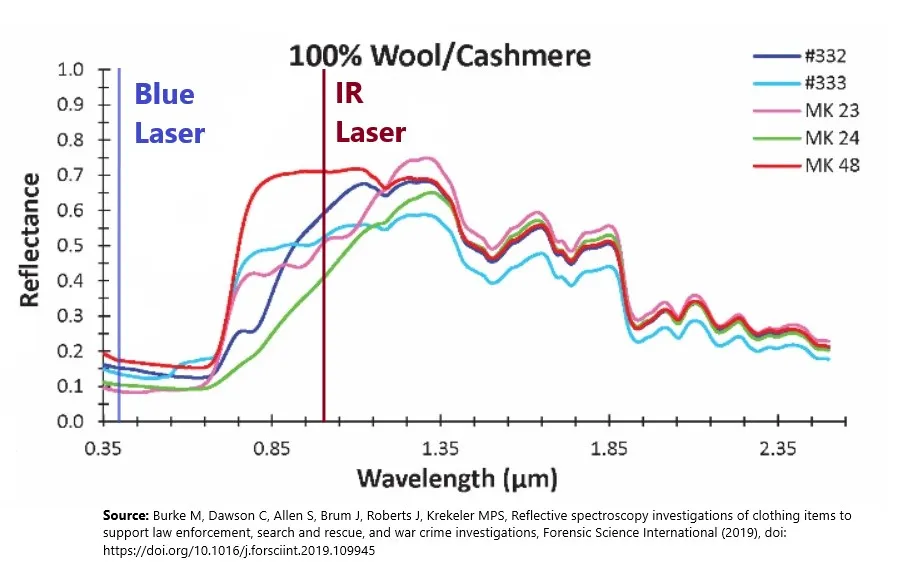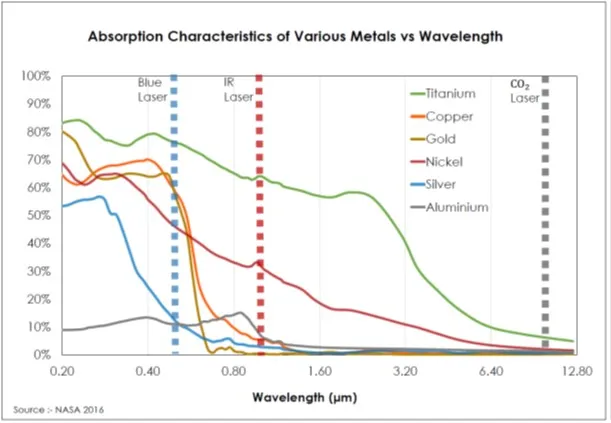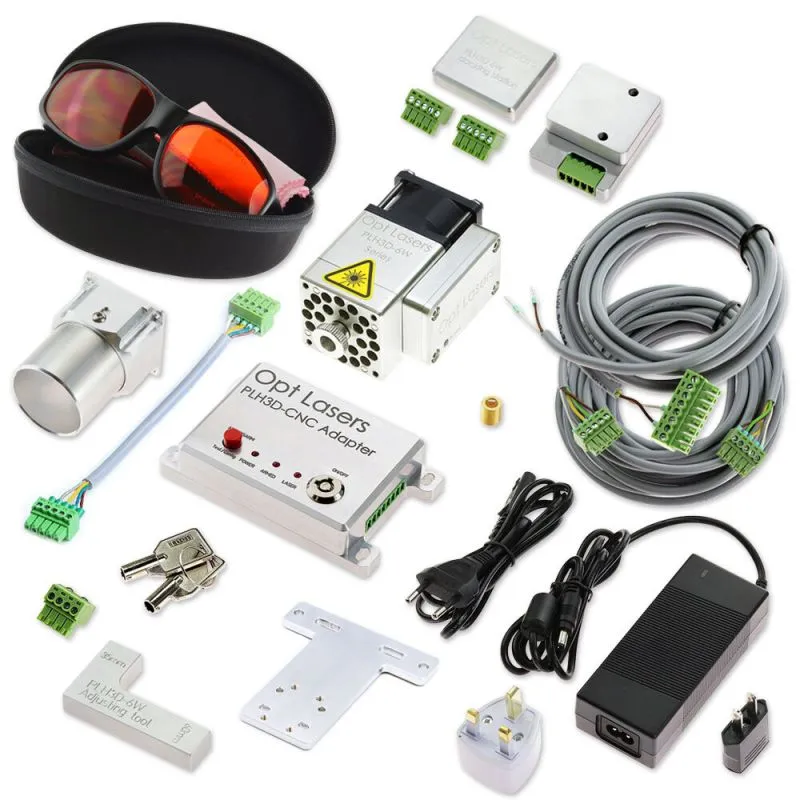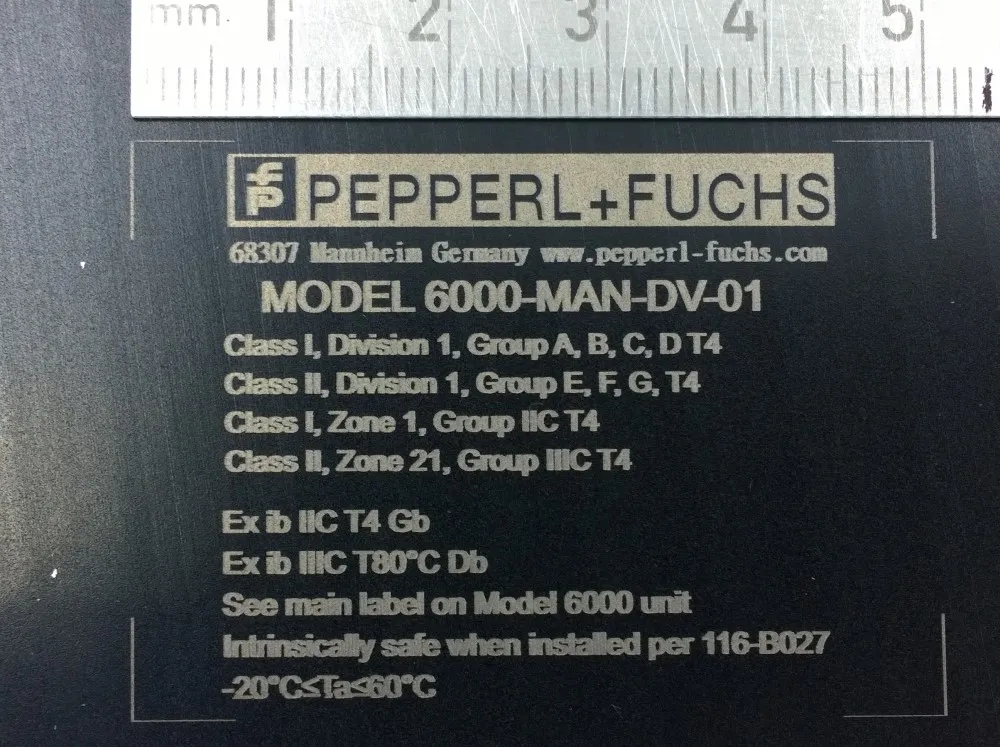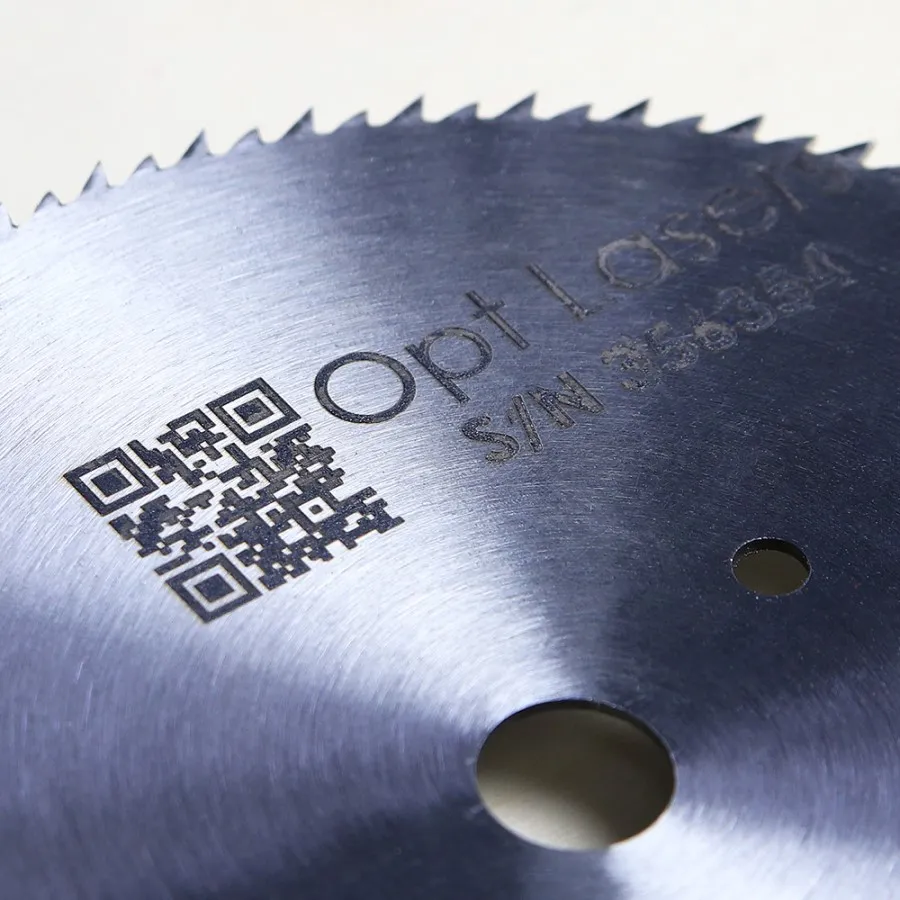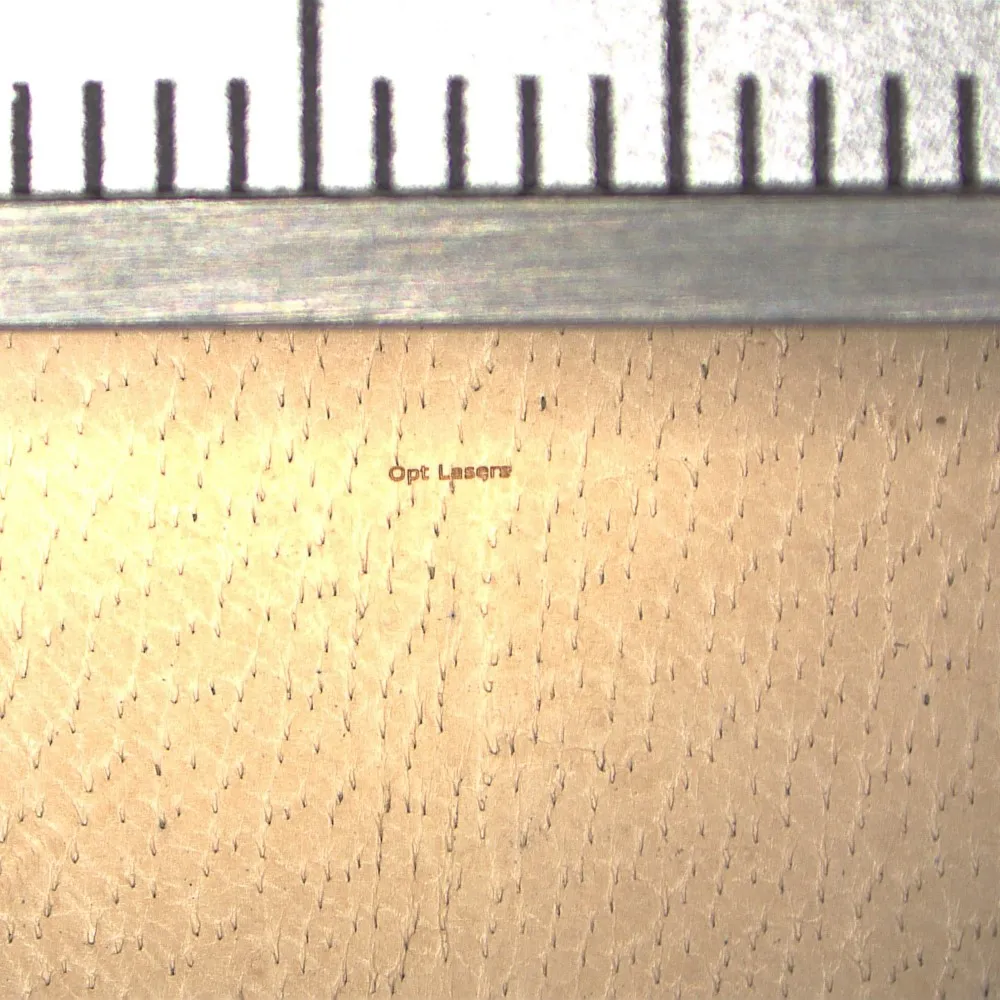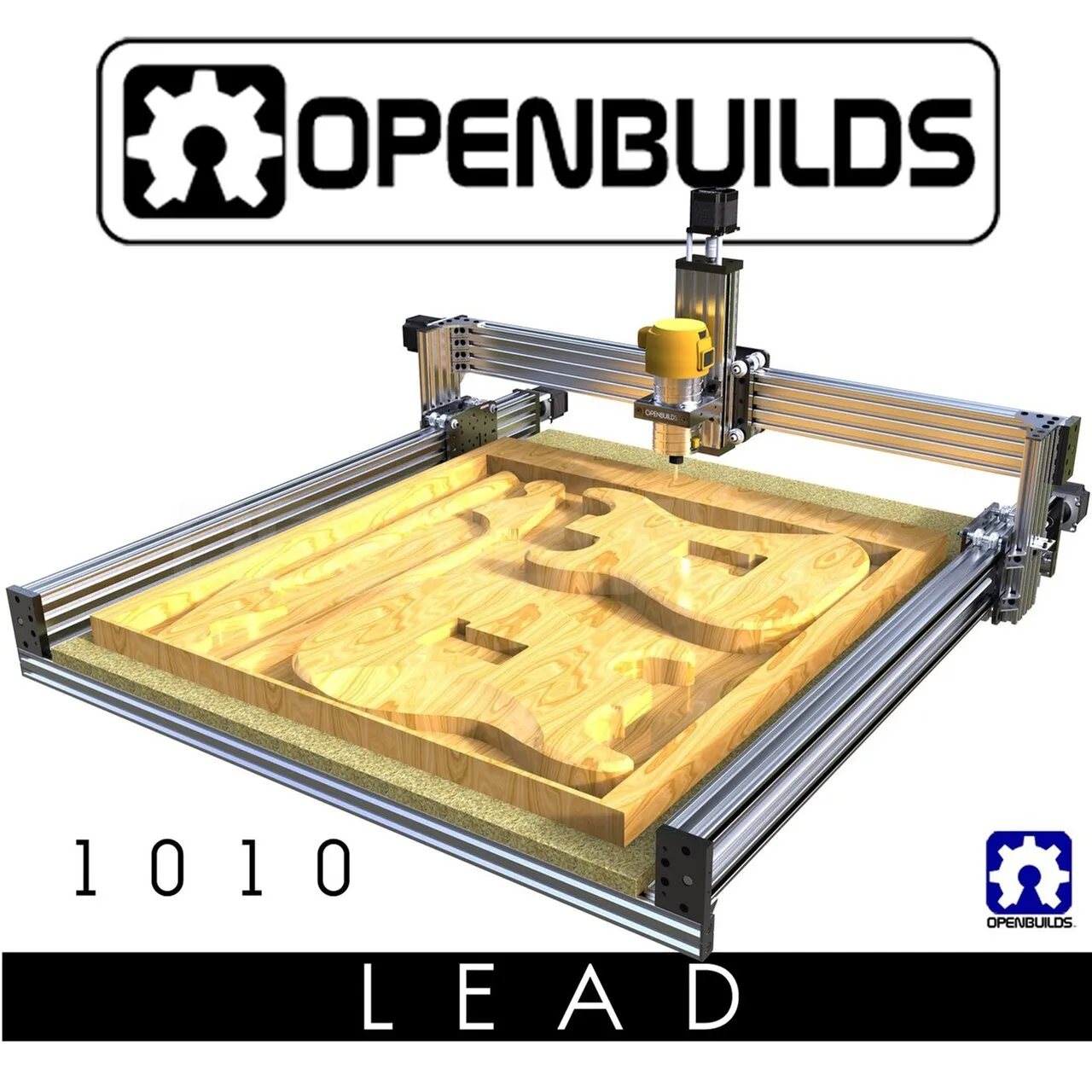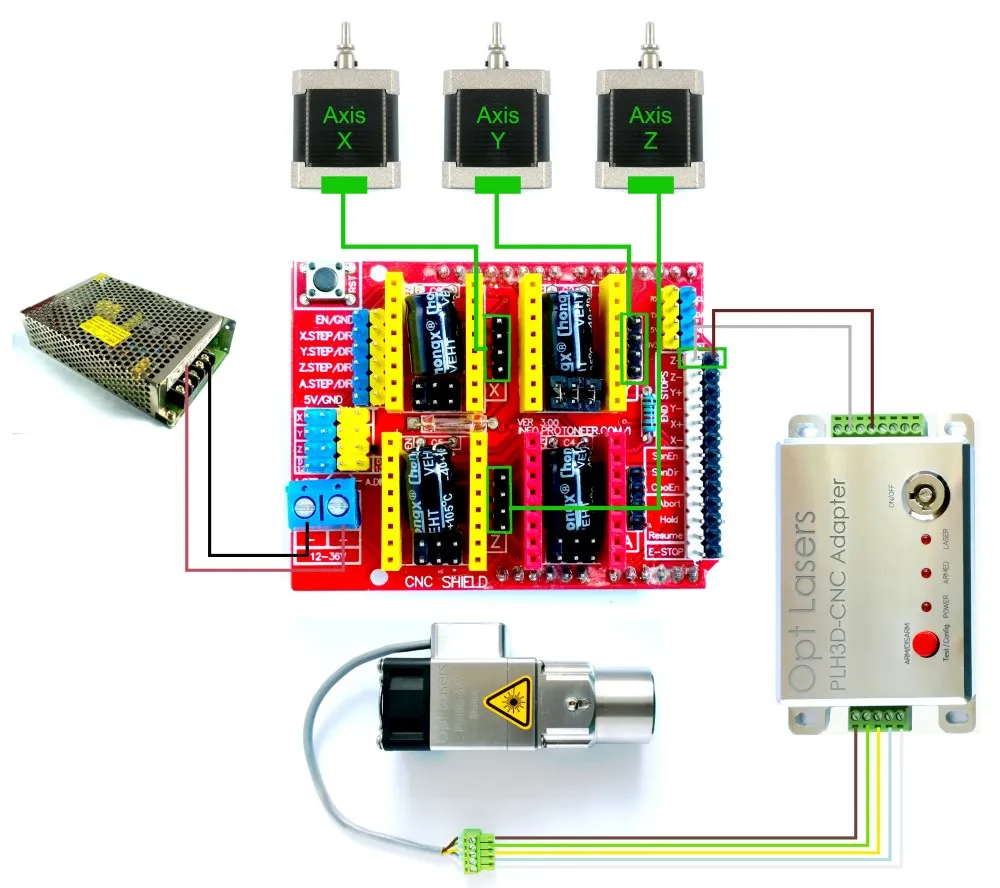Industrial Laser Engraver: 7 Factors to Consider Before Choosing Your Own
Laser engraving refers to the process of subtractive manufacturing where a beam of laser is used to engrave material surfaces. Purchasing a laser engraving machine is often a critical decision for most businesses as it is useful to engrave their insignia on products. It is a state-of-the-art technology that utilizes high-powered lasers to engrave designs onto various surfaces.
A laser engraving machine is computer-controlled and executes the assigned job efficiently after being provided with the CAD design, a post-processor, and suitable software. However, it is advisable to consider several factors before you finalize your choice of a particular laser engraving machine.
Factors to Consider Before Buying an Industrial Laser Engraver
While several options in the market offer unique qualities, you must go for an industrial laser engraver that gets the job done, delivers desirable results, fits in your budget, and does not require constant maintenance to avoid downtime.
Check out these seven factors that you must consider before finalizing a laser engraving machine:
1. Materials to be Used for Industrial Laser Engraving
The materials you use to engrave upon will determine the type of industrial laser engraver you should purchase. To achieve a certain engraving effect using an industrial laser engraver, a specific amount of the absorbed optical power density is required for a specific material. Different materials can be divided into several classes such as for example metals, wood-based materials, leather, fabrics and plastics, with each different class sharing some similarities in how efficiently a given material can be laser engraved.
The graph below depicts the reflectance for different classes of animal fiber and synthetic fiber fabrics and shows the reflectance values for materials such as cotton, leather, polyester, acrylic fibers (polyacrylonitrile), rayon and nylon. Lower reflectance values for specific industrial laser wavelengths correspond to higher laser absorption. This means that a particular material type can be engraved most efficiently with the industrial laser wavelength with the lowest reflectance.
Blue 450 nm (0.45 µm) industrial laser is a great solution for laser engraving leather as leather shows a peak wavelength absorption (lowest reflectance) between 425 nm and 455 nm. Blue industrial lasers are also a great choice for industrially laser engraving different animal fiber fabrics such as cotton and wool/cashmere or synthetic fiber fabrics like polyester and nylon. The graph below shows the reflectance values for different samples of wool/cashmere.
For metals, heat conductivity plays a major role. Laser engraving metals yields different results depending on thermal conductivity, material reflectivity and the grade of a particular metal alloy (if it is a metal alloy). The graph below shows the absorption characteristics of various types of metals. The higher the absorption value for a particular metal at a specific industrial laser wavelength, the more efficiently this metal can be engraved with an industrial laser engraver outputting a laser beam at this wavelength. Overall, as shown in the graph below, blue 0.45 µm lasers perform better than other types of lasers for many types of metals. You should however remember that in order to industrially laser engrave certain metals, you will need an industrial laser engraver with a certain optical power density and/or optical power.
For wood-based materials, the lower industrial laser wavelength (around 450 nm) is recommended. This is because using for instance an IR wavelength laser for laser engraving wood is similar to starting a fire.
Apart from that, the area that needs engraving is crucial to consider. Some CNC machines are built to operate on extensive areas, while others work on smaller ones. It is also advisable to decide whether you require an industrial laser engraver machine for low-volume or high-volume applications. You can integrate PLH3D-Series laser engraving heads on virtually any industrial CNC machine, as the laser head simply needs a digital on/off voltage signal. This can be for instance an Analog Signal (0-5 V or 0-10 V with the Adapter, which correspond to 0-100% laser power level respectively). You can also control a laser head with a PWM Signal (voltage signal between 2.5 V and 24 V corresponds to the industrial laser engraver being on, while 0 V corresponds to the laser being off).
All in all, metal, leather, cotton, acrylics (particularly plexiglass), plastic, paper, and wood are some of the most common materials used, and different materials may sometimes require different wavelengths, optical powers or optical power densities. Blue 450 nm lasers are the most universal type of lasers as many materials absorb blue laser beams more efficiently than other wavelengths. Nonetheless, if some of the materials you wish to engrave with your industrial laser engraver would benefit from a different wavelength or laser power, Opt Lasers Grav could design a custom laser head for your specific industrial application. In order to do that please reach out to us through our contact form. You could also use our free material testing services to find out how our industrial laser engraver units would perform for your application.
The color, wavelength absorption capabilities, shade, and tint of a particular material must also be taken into account. It is also important whether a particular material can be classified as transparent or translucent.
2. Material's Optical Properties
When laser light reaches an object, it interacts with it in several ways, which depend on the intrinsic properties of the material and the laser's wavelength. For industrial laser engraving non-transparent or non-translucent materials, the only factors for a given material type that should be taken into account are color, tint and shade of a given material. This means that, for example, black acrylic can be laser engraved faster than green acrylic.
Below, we shall discuss industrial laser engraving transparent and translucent materials.
- Transparency is a physical property of materials that enables light to travel through them without scattering (on a macroscopic scale).
- Translucent materials let only a fragment of light pass through them, which gets scattered and changes direction several times.
You can laser engrave translucent and transparent materials, but the performance of your industrial laser engraver depends on the color, tint, shade, gloss, light transmittance, and haze of a given material. In order to laser engrave glass (or other transparent or translucent material) you can add a dark layer directly beneath the object, and then calibrate the working distance so that the laser beam focuses at its interface, where laser engraving is performed.
The performance of your industrial laser engraver will depend on the following parameters:
- The material that you are engraving upon. Different transparent and translucent materials demand different settings.
- The preference of the light-stopping surface layer, which can be a permanent marker, paint, or tape.
- Laser focus and working distance setting as well as the laser lens.
- Engraving speed and the power of the laser.
3. Protection of Industrial Laser Engraver
You must also ensure the safety and security of your industrial laser engraving machinery during the operation of the CNC milling machine. This is where LaserDock comes in and makes the job effortless.
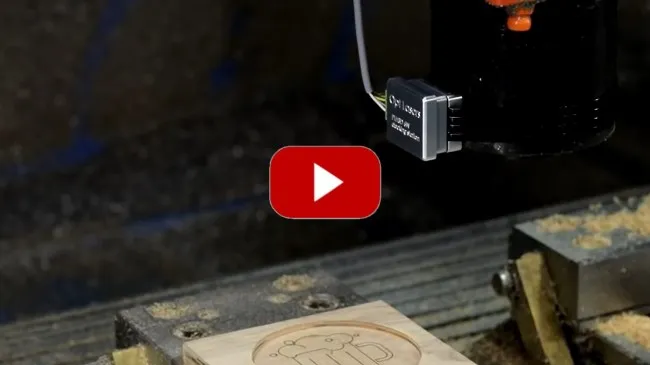
LaserDock is a magnetic docking station whose subelement surfaces, which determine the positioning of the laser docking station, come in contact with each other over a confined area. To achieve flawless performance, these subelements are built from hardened steel for greater strength, wear resistance, and hardness above 50 HRC. You only need to detach the laser head from the laser attachment docking station and store it in a safe location. No need to unscrew any screws that would have to be placed back later.
You can also use the High-Pressure Air Nozzle which accelerates cutting with a laser by up to 6.5 times and substantially enhances the final quality of the processed material for industrial laser cutting and engraving alike.
Furthermore, Opt Laser Grav’s High-Pressure Air Nozzle protects your optics from smoke and dust particles, which helps extend the gaps between subsequent lens cleaning routines by 10 times and enhances user safety. You can also adjust the length of the High-Pressure Air Nozzle for varying material thicknesses by +8/-4 mm for the XF+ Laser Head or +5/-4 mm for the XF+ Laser Head with the µSpot Lens Upgrade. The High-Pressure Air Nozzle can be installed on XT-Series laser heads as well.
4. Spare Parts for Replacement Purposes
Another crucial factor that you must account for is whether the machine you have chosen will come with readily available replacement parts in case of a breakdown. Since every machine will require maintenance sooner or later, replacement parts must be easily accessible.
Some industrial laser machines might entice you with all their features and perks; however, their spare parts might be rarely found in the market or would be too pricey. Therefore, it is imperative to balance machine qualities and its operating costs to make a decent choice.
5. Budget and Maintainability
Budget is one of the most defining factors that will dictate which industrial laser engraving machine you shall purchase in the end. There are different laser engravers in the market and are ideal for different use cases.
If you require a machine to cut through different materials, it will most certainly bear a relatively higher price. While you might get cheaper options, they may be too power-hungry, leading to high electricity bills.
For instance, even though CO2 lasers have a low price-to-optical-power ratio, they suffer from poor electrical-to-optical power conversion of about 7.5%, which, for example, leads to the absorption of only <0.3 W of optical power on Copper for a 30 W optical power CO2 Laser. Besides, a 30 W optical power CO2 laser unit burns through 400 W of electrical power, leading to a high electricity bill.
The factors that affect the prices of different industrial laser engraver builds include engraving area, quality and durability of components, laser power, sustainability, laser’s optical power density, and the type of laser.
The most powerful laser diodes are 5+ W blue laser diodes, which, technically can be operated at 6 W, but overdriving them to 7 W shortens their lifetime by approximately 30%. Overdriving these lasers to 8 W or more will kill them in 100 hours or less.
Maintenance is yet another crucial factor to account for when picking your industrial laser engraving machine. Research how frequently a particular machine demands maintenance and whether you can do it yourself or if a professional is required.
Find out whether the machine is easy to maintain or if the repairs are complex, leading to prolonged downtimes. If the machine requires complex and recurrent maintenance, your company might have to hire a technician, leading to additional costs.
6. Engraving Accuracy
Different businesses have different requirements for accuracy. Several factors influence the engraving accuracy of the industrial laser engraver, some of which include:
- The focused beam spot size of the laser engraver is one of the most crucial factors that influence engraving accuracy of your industrial laser machine.
- The technology and quality of the optical system and thermal control used in the industrial laser. Poor technology and/or component quality would introduce significant adverse variations in the laser engraving accuracy and hinder overall performance.
- The type of transmission methods used in an engraving machine: lead screw drive and rack gear. Lead screw drive offers greater accuracy and precision than rack gear.
- The maximum acceleration of your CNC machine router. Higher acceleration yields better results if you choose to use the vector laser engraving technique rather than raster laser engraving technique.
- The proficiency and technique used by technicians during assembly also impact the accuracy of the industrial laser engraver unit.
- Square engraving machines offer higher accuracy than compass engraving machines.
Opt Lasers offer a range of blue laser heads that can serve different purposes:
- PLH3D-6W-XF+:
- A versatile laser head that engraves and cuts thin and thick materials. µSpot Upgrade for the XF+ laser head is designed for quality laser engraving as it increases the resolution by focusing the laser beam into a tighter beam spot. For industrial laser engraving applications, XF+ with µSpot Lens Upgrade provides more than 150 DPI (Dots per Inch) resolution of the actual laser engravement. At the same time, a digital HD picture is typically a picture with 200-300 DPI, although a digital value is meaningless in itself as the print quality depends on the intended print size. Meanwhile, for more practical comparison, a Full HD image shown on a 24-inch screen has a PPI (Pixels per Inch) of 91.71, while a 24-inch 4k Ultra HD Screen has a PPI of 183.58. The picture below shows a laser engraving done with PLH3D-XF+ with µSpot Lens Upgrade on dark anodized aluminium.
- PLH3D-15W:
- Designed to provide faster industrial laser engraving speeds as well as to increase the range of materials an industrial customer can engrave. Besides the usual range of materials that can be laser engraved with XF+ laser head, PLH3D-15W can also industrially engrave stainless, carbon, and high-speed varieties of steel and titanium. Nevertheless, many CNC machines are simply not fast enough to fully utilize PLH3D-15W’s capabilities, particularly in the case of industrial laser engraving of wood-based materials. In the picture below you can see a QR code and company name laser engraved on stainless steel.
- Specialized XT-Series Laser Heads:
- These laser heads were designed to push the boundaries in terms of the resolution that can be achieved in industrial laser engraving. XT-50 laser head (6 W of optical power) focuses the blue laser beam into a spot of 50 µm by 4 µm (corresponding to the DPI of an industrial laser engravement of more than 500), while XT-10 laser head (0.5 W of optical power) focuses the laser beam into a spot of 10 µm by 4 µm (corresponding to the industrial laser engravement DPI of approximately 3100). Furthermore, XT-50 laser head can also be used for engraving metals, including steel and its alloys as well as Titanium. The picture below depicts the industrial laser engraving accuracy limit of an engraving done with XT-10.
OpenBuilds’ LEAD CNC machines and CNC Masters’ CNC machines are examples of square lead-screw-driven CNC machines. While looking for a suitable CNC machine for your industrial laser engraver, it is recommended you familiarize yourself with the most important considerations regarding CNC machine builds, operation and other concerns.
For a starter industrial laser engraver, you can opt for the lead-screw-driven LEAD CNC machine & BlackBox controller with Opt Lasers Grav’s LEAD CNC Laser Upgrade with PLH3D-6W-XF+ and LaserDock. We also highly recommend adding µSpot Lens Upgrade to provide precision industrial laser cutting and engraving to your LEAD CNC machine. Alternatively, you could also assemble your industrial laser kit for LEAD CNC with XT-50 laser head and LaserDock using our Generic Kit Builder.
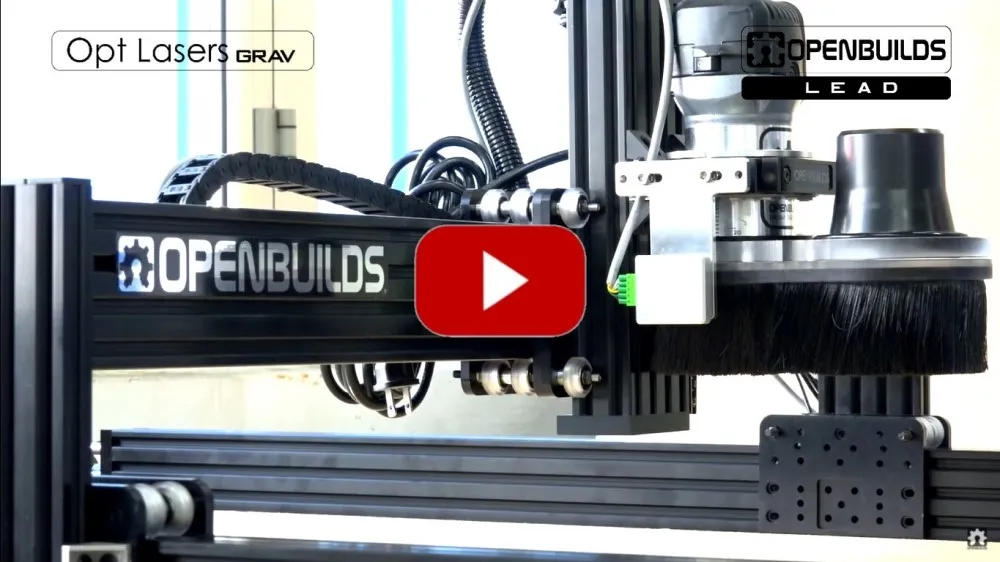
LEAD CNC comes with a step-by-step video guide, shown above, detailing how to install a laser engraving head to turn it into your industrial laser engraver. Meanwhile, a CNC Masters engraving CNC machine can be easily connected to Opt Lasers' units, which only need a 0-24V PWM/TTL signal (or analog signal) as well as a ground pin connection, as shown in the diagram below.
7. Technology Over Brand
You might have come across several industrial plants equipped with rows of the same laser engraving machines since the purchaser only considers the brand value and name tag when shopping for an industrial laser engraver in the market.
If a particular brand can provide you with the ideal laser engraving machine for the job, then brand loyalty offers several advantages. However, the machine's performance must get priority over the brand name.
Often, the newer and smaller companies deliver greater innovation since they are entering a new market and must survive the competition. Therefore, before you purchase, inspect what else is available from the low-profile brands and the efficiency of those machines in terms of performance and power consumption.
Final Words
The type of industrial laser engraving machine you choose will significantly impact the performance of your business in the competition. While there is no one-size-fits-all solution for different business needs, you must consider several factors to select a decent industrial laser engraver for your requirements.
You must also ensure that the critical parts of your industrial laser engraver (for example laser head housing) are not made from plastic. This is because if a plastic laser engraver collides with something, the plastic parts are susceptible to cracking, breaking, or getting bent. Such a situation leaves the user with no control over where the direct or scattered laser radiation goes, leading to a fatal safety hazard.
About this Article’s Author:
Peter Jacobs is the Senior Director of Marketing at CNC Masters. He is actively involved in manufacturing processes and regularly contributes his insights for various blogs in CNC machining, 3D printing, rapid tooling, injection molding, metal casting, and manufacturing in general.

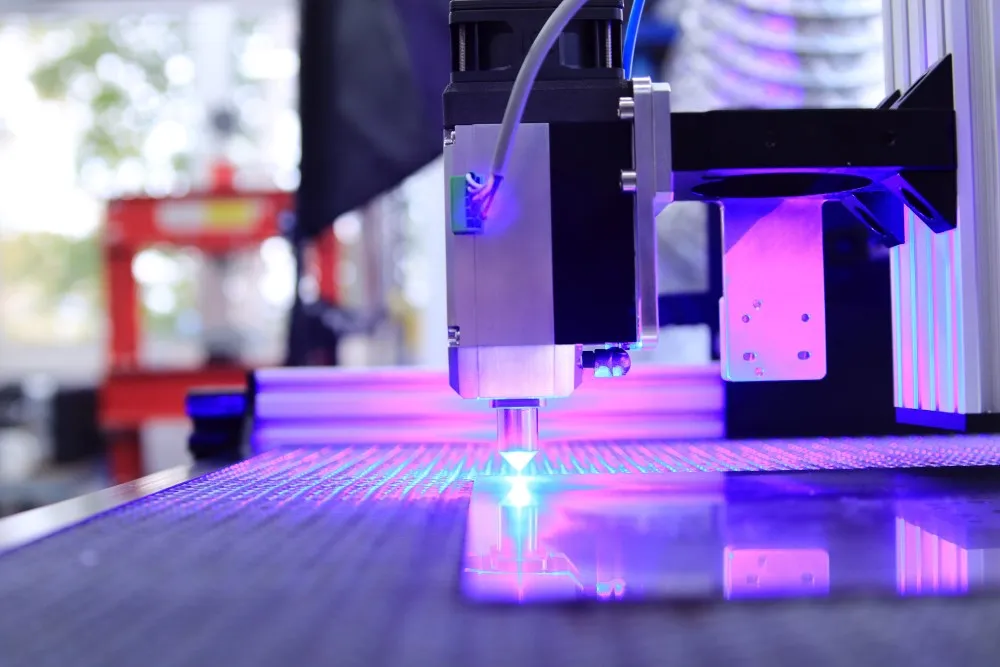
-Acrylic-Rayon-and-Nylon.jpg)
